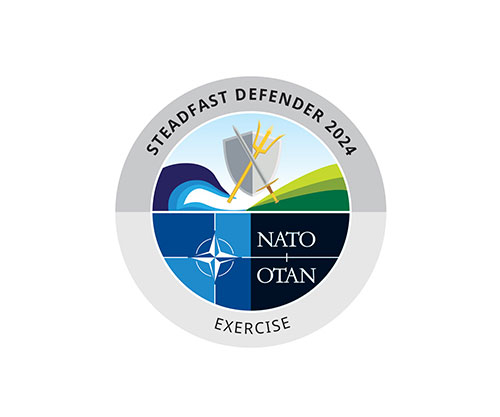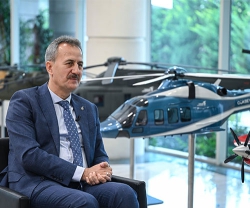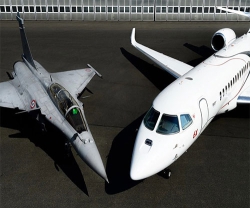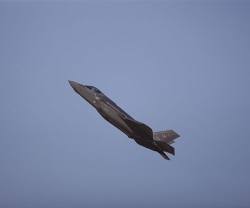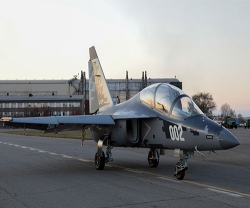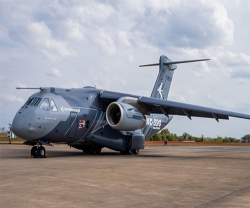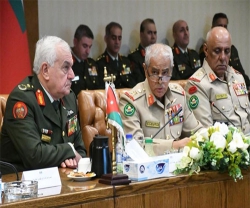NATO’s exercise STEADFAST DEFENDER 2024 - its largest live exercise in decades - concluded Friday after four months of intensive, pan-Alliance training.
STEADFAST DEFENDER was the first large-scale NATO exercise series where new regional defence plans, adopted at the Vilnius Summit, were put into action.
More than 90,000 forces, more than 50 ships, more than 80 aircraft flying hundreds of sorties, and more than 1100 combat vehicles from all 32 NATO Allies were involved in the exercise.
Training focused on promoting readiness across all domains and at all levels of command from strategic, to operational, to tactical.
Designed to train and demonstrate the Alliance’s ability to reinforce continental Europe via transatlantic movement of forces from North America and the UK, STEADFAST DEFENDER comprised several NATO and nationally-led exercises that brought Allied troops together in an impressive display of unity and interoperability.
“Exercise STEADFAST DEFENDER demonstrated the incredible strength of the Trans-Atlantic bond between NATO Allies in Europe and those in North America,” said the Supreme Allied Commander Europe (SACEUR) General Christopher G. Cavoli.
“The highly-complex military activities conducted over the course of this exercise have demonstrated that this Alliance is capable and ready to conduct our core mission of collective defence,” he added.
At its core, STEADFAST DEFENDER tested the enablement and employment of NATO and National Forces across all domains and across SACEUR’s Area of Responsibility. This reinforcement occurred during a simulated emerging conflict scenario against a near-peer adversary.
The exercise was executed in two parts. Part one was a maritime-focused live exercise that involved various headquarters rehearsing the strategic deployment of forces from North America to continental Europe. Part two was a multi-domain demonstration of NATO, national and multinational military capabilities across continental Europe.
“During STEADFAST DEFENDER 2024, we coordinated, conducted and sustained complex multi-domain operations over several months, and across thousands of kilometres, from the High North to Central and Eastern Europe,” said Brigadier General Gunnar Bruegner, SHAPE Assistant Chief of Staff responsible for Collective Training & Exercises.
“The most important take away is that complex exercises at this scale and ambition remain essential to stress-test our readiness, plans and concepts, and for maintaining our operational coherence and unity,” he noted.
Exercises are important tools through which the Alliance tests and validates its concepts, procedures, systems and tactics. Planned in advance and varying in scope, duration and form, NATO exercises prepare commands and forces for operations in times of peace, crisis and conflict, ensuring the Alliance is ready to defend its populations whenever and wherever necessary, and under any condition.

